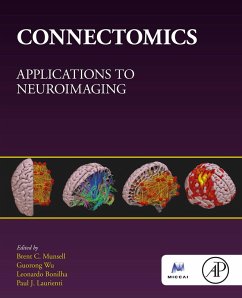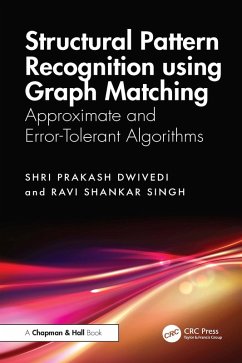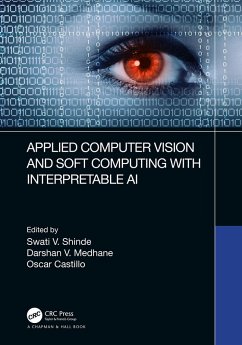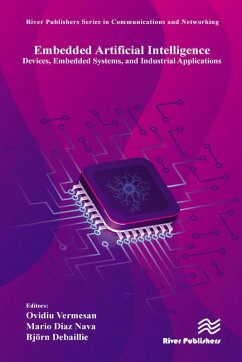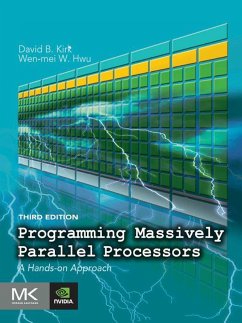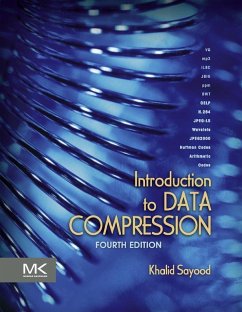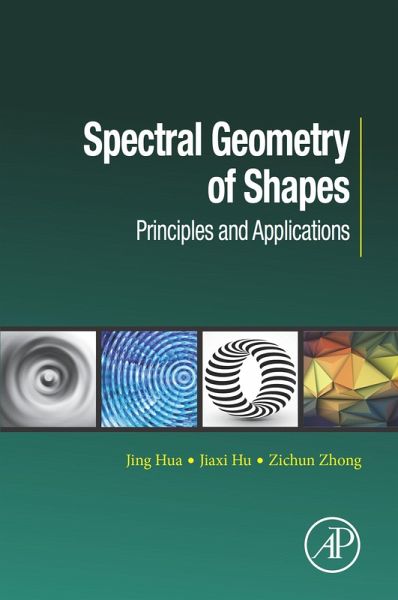
Spectral Geometry of Shapes (eBook, ePUB)
Principles and Applications
Versandkostenfrei!
Sofort per Download lieferbar
70,95 €
inkl. MwSt.
Weitere Ausgaben:

PAYBACK Punkte
35 °P sammeln!
Spectral Geometry of Shapes presents unique shape analysis approaches based on shape spectrum in differential geometry. It provides insights on how to develop geometry-based methods for 3D shape analysis. The book is an ideal learning resource for graduate students and researchers in computer science, computer engineering and applied mathematics who have an interest in 3D shape analysis, shape motion analysis, image analysis, medical image analysis, computer vision and computer graphics. Due to the rapid advancement of 3D acquisition technologies there has been a big increase in 3D shape data ...
Spectral Geometry of Shapes presents unique shape analysis approaches based on shape spectrum in differential geometry. It provides insights on how to develop geometry-based methods for 3D shape analysis. The book is an ideal learning resource for graduate students and researchers in computer science, computer engineering and applied mathematics who have an interest in 3D shape analysis, shape motion analysis, image analysis, medical image analysis, computer vision and computer graphics. Due to the rapid advancement of 3D acquisition technologies there has been a big increase in 3D shape data that requires a variety of shape analysis methods, hence the need for this comprehensive resource. - Presents the latest advances in spectral geometric processing for 3D shape analysis applications, such as shape classification, shape matching, medical imaging, etc. - Provides intuitive links between fundamental geometric theories and real-world applications, thus bridging the gap between theory and practice - Describes new theoretical breakthroughs in applying spectral methods for non-isometric motion analysis - Gives insights for developing spectral geometry-based approaches for 3D shape analysis and deep learning of shape geometry
Dieser Download kann aus rechtlichen Gründen nur mit Rechnungsadresse in A, B, BG, CY, CZ, D, DK, EW, E, FIN, F, GR, HR, H, IRL, I, LT, L, LR, M, NL, PL, P, R, S, SLO, SK ausgeliefert werden.




